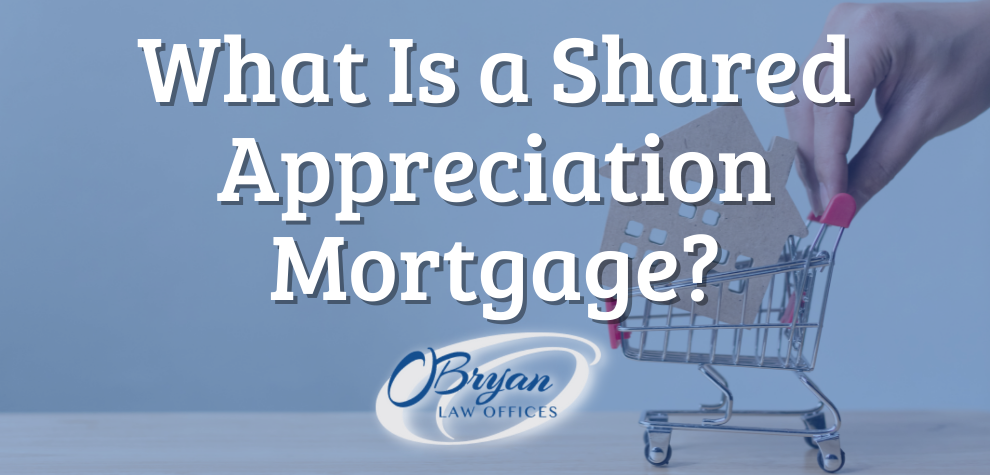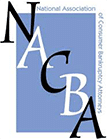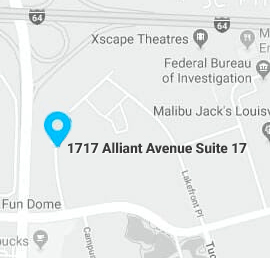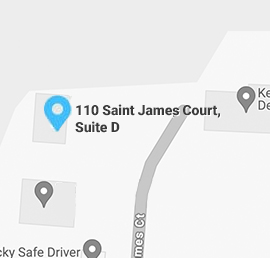In becoming a prospective homeowner, many people discover terms and processes they never knew about before. You probably already know what a regular mortgage is. But have you ever found yourself asking, “what is a shared appreciation mortgage?” If so, this is the right post for you. Below, we cover exactly that question, plus numerous others. To speak to an attorney about finances, mortgages, bankruptcies, or other financial matters, O’Bryan Law Offices is here for you. Call our office today at 502-339-0222 or fill out our online intake form to schedule your free consultation.
What Is a Shared Appreciation Mortgage?
A shared appreciation mortgage (SAM) differs from a conventional mortgage. This is because the borrower will pay the lender a percentage of the home’s appreciation. This payment also includes the residual principle balance when the house sells. Traditional mortgages require the borrower to pay the lender just the leftover principal amount of the loan.
A shared appreciation mortgage requires the borrower to pay both the outstanding principal and a percentage of the house’s appreciation. Appreciation is the increase of the house’s value. For example, maybe you purchased a home for $130,000. Years down the line, you sell the house for $150,000. The house appreciated by $20,000. If you took out a SAM, you must pay a percentage of that $20,000 to your lender.
In return for a shared appreciation clause, a lender gives a borrower a reduced interest rate. This implies cheaper payments.
Why Would Someone Want a Shared Appreciation Mortgage?
Shared appreciation mortgages are unusual in the United States. Thus, banks and lenders rarely market or offer them. However, there are times when they are appropriate. They help borrowers decrease their monthly mortgage payments. This is because lenders often provide a lower interest rate, as they receive more income when the house sells.
Those who finalize mortgage modifications have also been given shared appreciation mortgages by lenders and mortgage lenders. For the reasons listed, shared appreciation mortgages appear to be a smart concept.
- Post-modification shared appreciation mortgages generally contain a phasing-out shared appreciation provision. They also decrease the principal debt to the current value of the home.
- It prevents the house from being worth less than what the borrow owes on it. This happens by lowering the principal debt to the house’s value, as determined by an appraisal.
- Because the debtor is paying the interest on a decreased principal debt, the monthly payments are reduced.
What Is a Phased Out Shared Appreciation Clause?
The deferred principal on the report refers to the part of the initial loan that the shared appreciation provision covers. This indicates that the borrower is only responsible for a portion of the house’s appreciation if they sell in the first few years.
If the borrower sells within five years of the adjustment, the lender receives 25% of the appreciation. A wise borrower would hold the house for all those five years and then eventually sell, since this would allow them to retain all of the house’s gains.
How Does a Shared Appreciation Mortgage Work?
If you buy your property for $300,000 and later sell it for $500,000, the value of your home has grown by $200,000. If you took up a shared appreciation mortgage, the lender may take 30 percent to 50 percent of the gain, or $60,000 to $100,000, and you’d retain the rest.
Sometimes, lenders offer SAM loans in order for the borrower to modify their loans. This helps them to stay current on their payments, as it lowers the cost of each monthly payment. In the event that the house is sold and does not grow in value, the borrower must still repay the initial loan, but they will not be required to make any appreciation-based loan payments.
Why Do Banks Give Out Shared Appreciation Mortgages?
Banks may offer shared appreciation mortgages for two common reasons.
Profits
The first argument is that if the home is in an area where it is anticipated to appreciate in value, such as a new neighborhood, the bank may gain more money from appreciation than from interest. This technique helps the bank to vary its risk by ensuring that the loan’s revenue includes both an interest component and an appreciation element.
A bank may also include a shared appreciation provision in a loan without explicitly telling the homeowner. The lender would profit from such a scheme because consumers rarely read and comprehend their mortgage documents.
Government Mandates
The government authorized shared appreciation mortgages, which is the second reason a bank would create one. Following the housing crisis, the federal government reached a number of agreements with large mortgage lenders and established new legislation mandating them to modify existing mortgages. Banks are obligated to lower some principal amounts, and one approach to mitigate the risks from principal reductions is to use shared appreciation mortgages.
Different Variations of Shared Appreciation Mortgages
Various contingents can be incorporated into shared appreciation mortgages. A phased-out clause might be included in a SAM, allowing it to taper out altogether or lower the percentage owed to the lender over time. The provision urges the owner to keep the property and repay the mortgage loan instead of selling it. With some stipulations, the contingent interest might totally disappear, leaving the homeowner with no debt at the time of sale.
Another version of the phased-out provision is to require the borrower to pay a percentage of the increase in the home’s value only if it is sold during the first few years. If the homeowner sells within five years, a typical phased-out period would require the borrower to pay the lender 25% of the home’s appreciation.
The borrower’s preferred circumstance would be to hold the house for five years and then sell it after the fifth year if the value has increased since the borrower would retain all of the price growth. The borrower, on the other hand, may face dangers. If there is no phase-out provision, a borrower who does not sell their home and keeps it until the mortgage is paid off may still have to pay the bank a percentage of the increased price.
SAMs, however, assist lenders in recouping any interest lost if a debtor sells a home before paying off their debt. Banks profit on mortgage loan interest, but if a buyer sells the home, the bank loses any further interest charges. If the house sells, a shared appreciation mortgage might partially cover the expenses of the interest losses on the mortgage.
What Is the Difference Between Shared Appreciation and Shared Equity Mortgages?
In the mortgage business, the words “shared appreciation” and “shared equity” are sometimes used interchangeably, although these two loan packages are not the same. In a shared equity agreement, the investor or lender owns a portion of the property. They may pay for a portion or all of the down payment and closing fees, or they may make another investment in the property’s initial acquisition. They’d therefore be able to reclaim their equity when the house was eventually sold, regardless of whether the property’s value had grown or dropped.
How to Get a Shared Appreciation Mortgage
Shared appreciation mortgages are uncommon in the United States. House buyers now have more alternatives than ever before for lower down payments and interest rates, including adjustable-rate mortgages and Federal Housing Administration (FHA) loans. However, it is still possible to acquire a SAM loan. We recommend speaking with an attorney or your trusted bank to determine the best option for you. Getting a mortgage after Chapter 13 discharge or Chapter 7 discharge can also be difficult, so we recommend seeking professional guidance if this is your goal.
How Do People Use Shared Appreciation Mortgages in Practice?
Property investors and house flippers frequently utilize shared appreciation mortgages. Investors who buy and remodel a home in the aim of making a profit are known as flippers. In a growing real estate market, SAMs for flippers perform best. However, the remainder of this form of house loan is frequently subject to a time limit for repayment. If a property does not sell by the deadline, the remaining debt is generally refinanced at the current market rate.
When a mortgage amount surpasses the price of the house or is under, a shared appreciation mortgage is another option. If the housing market has fallen since the house purchase, an underwater mortgage may result. The bank may provide a loan modification to cut the mortgage debt in order to reflect the home’s lowering valuation. In exchange, the bank may request that the loan be converted to a shared appreciation mortgage.
However, SAMs can raise a number of tax problems, such as lenders not receiving the same tax treatment for appreciated gains as borrowers. As a result, it’s critical to speak with a tax adviser or accountant to determine if a shared appreciation mortgage is worthwhile.
Contact O’Bryan Law Offices Today
At O’Bryan Law Offices, not only do we have a deep understanding of Chapter 7 bankruptcy and Chapter 13 bankruptcy, we also have extensive experience with mortgages. No matter what financial hurdle you face, we’re here to help you get over it. To schedule a consultation with one of our Louisville bankruptcy attorneys, please call 502-339-0222 or fill out our online intake form.







